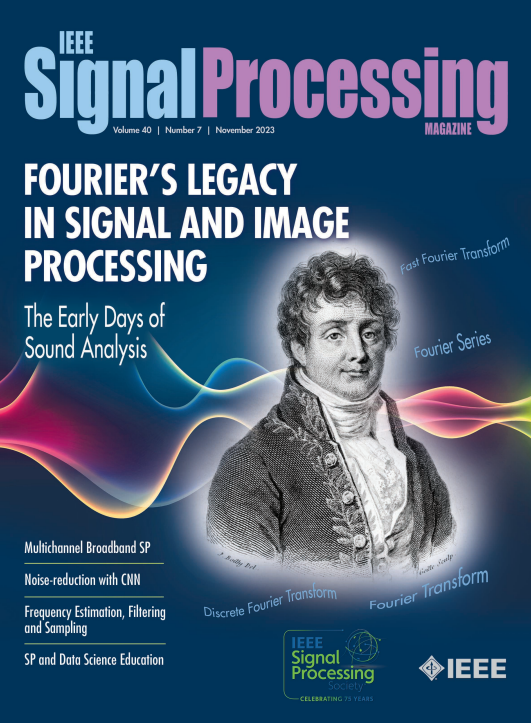Deep Learning Meets Sparse Regularization: A signal processing perspective
IF 9.4
1区 工程技术
Q1 ENGINEERING, ELECTRICAL & ELECTRONIC
引用次数: 9
Abstract
Deep learning (DL) has been wildly successful in practice, and most of the state-of-the-art machine learning methods are based on neural networks (NNs). Lacking, however, is a rigorous mathematical theory that adequately explains the amazing performance of deep NNs (DNNs). In this article, we present a relatively new mathematical framework that provides the beginning of a deeper understanding of DL. This framework precisely characterizes the functional properties of NNs that are trained to fit to data. The key mathematical tools that support this framework include transform-domain sparse regularization, the Radon transform of computed tomography, and approximation theory, which are all techniques deeply rooted in signal processing. This framework explains the effect of weight decay regularization in NN training, use of skip connections and low-rank weight matrices in network architectures, role of sparsity in NNs, and explains why NNs can perform well in high-dimensional problems.深度学习遇到稀疏正则化:信号处理的视角
深度学习在实践中取得了巨大成功,大多数最先进的机器学习方法都是基于神经网络的。然而,缺乏一个严格的数学理论来充分解释深度神经网络的惊人性能。在本文中,我们提出了一个相对较新的数学框架,为深入理解DL提供了开端。该框架精确地描述了经过训练以适应数据的神经网络的功能特性。支持该框架的关键数学工具包括变换域稀疏正则化、计算机断层扫描的Radon变换和近似理论,这些都是深深植根于信号处理的技术。该框架解释了权重衰减正则化在神经网络训练中的作用、网络架构中跳跃连接和低秩权重矩阵的使用、稀疏性在神经网络中的作用,并解释了为什么神经网络在高维问题中表现良好。
本文章由计算机程序翻译,如有差异,请以英文原文为准。
求助全文
约1分钟内获得全文
求助全文
来源期刊

IEEE Signal Processing Magazine
工程技术-工程:电子与电气
CiteScore
27.20
自引率
0.70%
发文量
123
审稿时长
6-12 weeks
期刊介绍:
EEE Signal Processing Magazine is a publication that focuses on signal processing research and applications. It publishes tutorial-style articles, columns, and forums that cover a wide range of topics related to signal processing. The magazine aims to provide the research, educational, and professional communities with the latest technical developments, issues, and events in the field. It serves as the main communication platform for the society, addressing important matters that concern all members.
 求助内容:
求助内容: 应助结果提醒方式:
应助结果提醒方式:


